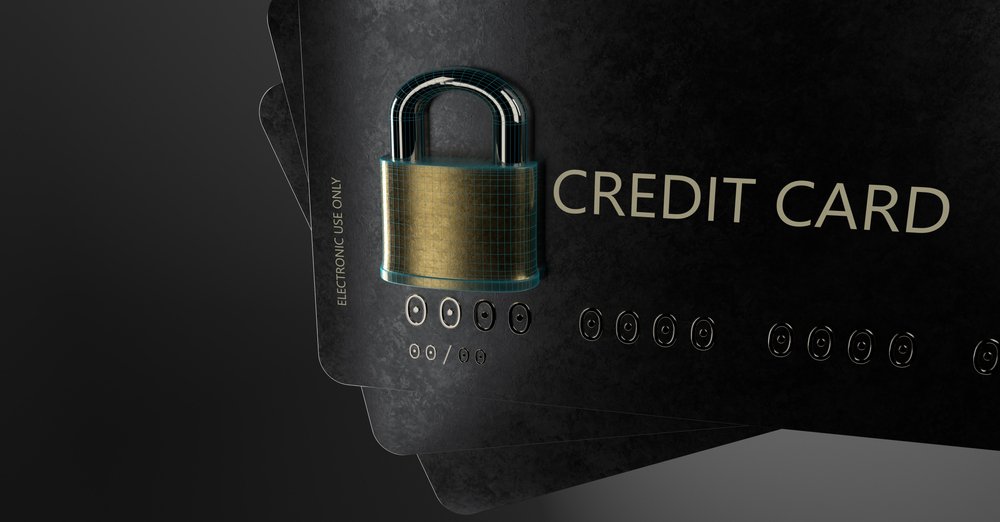Businesses are always looking for new and innovative ways to increase profits and reduce costs. One way to do this is by accepting virtual credit card payments. This can be a very secure way to accept payments but processing virtual credit card payments can be a daunting task, especially if you’re not familiar with how to do it in a secure way. In this step-by-step guide, we will walk you through the process of how to process virtual credit card payment in a safe and secure manner. Let’s get started!
How Do I Link My Virtual Credit Card to a Payment Gateway?
The first step in processing virtual credit card payments is to link your virtual credit card with a payment gateway. A payment gateway acts as the bridge between your customers and the merchant account where their money is deposited. To link your card, you’ll need to provide some basic information such as your name, address, email address, and phone number. Once this information is provided you can then set up how customers will make payments on their end.
What Payment Options Should I Offer?
Once you have linked your virtual credit card to a payment gateway it’s important that you offer multiple payment options for customers to choose from when making a purchase. Commonly accepted forms of online payments include debit cards, e-checks, PayPal, Google Pay or Apple.
Information to Process a Virtual Credit Card Payment:
In order to process a virtual credit card payment, you will need some essential information from the customer. This includes their name and address, along with the credit card number, expiration date, and security code. You also need to be able to verify that the customer is in fact who they say they are by obtaining a valid government-issued ID or other form of identification. Finally, you should have an online merchant account set up with your bank or other financial institution so that you can accept payments via your website. Once all of this information has been collected it’s time to process.
How to Process Virtual Credit Card Payment?
Processing virtual credit card payments can be a daunting task for any business owner. With the rapid growth of online shopping, more and more customers are turning to virtual payment methods such as prepaid cards or e-wallets. While these types of payments are becoming increasingly popular, they also pose certain risks that businesses must take into consideration when accepting them.
How Do I Verify a Virtual Credit Card Payment?
The first step to verifying virtual credit card payments is to double-check the customer’s information. Make sure that all the details provided by your customer are accurate and up-to-date, as any discrepancies could lead to a declined transaction. Additionally, you should always check for fraud alerts or flags with your payment processor before accepting a payment.
Are There Any Fees Associated with Processing Virtual Credit Card Payments?
Yes, most payment processors charge a fee for processing virtual credit card payments. The exact amount of the fee may vary depending on your processor and how much you are charging for the transaction. Be sure to check with your processor beforehand so you can determine how much it will cost to process virtual credit card payments.
Finally, make sure that you are familiar with any applicable refund policies or regulations related to virtual credit cards. This is especially important if you plan on offering refunds or exchanges as some payment processors may have restrictions on how these can be handled when using a virtual card.
Security Measures When Processing Payments:
When processing virtual credit card payments, it is important to take the necessary security measures to protect both your customers and your business. Ensure that all payment information is encrypted and securely stored. Additionally, you should never store full card numbers in any database or system; instead, use tokenization for extra protection. Finally, be sure to keep up-to-date with the latest fraud prevention tools available on the market so you can stay ahead of any potential threats.
How to Handle Chargebacks for Virtual Credit Card Payments?
Chargebacks are always a risk when accepting virtual credit card payments, but there are steps you can take to reduce the likelihood of them occurring. First and foremost, it is important to provide your customers with clear terms and conditions so they understand how their purchase will be processed. Additionally, make sure that all customer information is accurate before completing a transaction as any discrepancies could lead to unnecessary chargebacks. Finally, if you do receive a chargeback request from your payment processor, respond quickly and accurately following their dispute resolution process.
Best Practices for Payments Processing:
The best practices for processing virtual credit card payments include verifying customer information, understanding any applicable fees or refund policies, implementing necessary security measures to protect sensitive information, and responding quickly to chargeback requests. Additionally, it is important to stay up-to-date with the latest technology available in order to ensure that you are providing your customers with a secure payment experience. By following these simple steps, you can process virtual credit card payments in a safe and efficient manner.
Final Thought:
Virtual credit card payments are a convenient and secure way for businesses to accept payments from customers. By following the steps above, you can ensure that your customer’s data is safe and that any transactions are completed in a timely manner. You can learn more and get details about any queries about virtual cards from the VCC Issuer. With the right precautions and procedures in place, virtual credit card payments can be an invaluable asset to your business.

